When exploring old mining districts across Colorado, prospectors may run into hard rock mines with ore dumps nearby. These large piles of brocken rock from underground can contain impressive gold/rock specimens and overlooked ore.
Mine-side ore dumps are often a combination of barren rock removed as the original miners followed the vein, and ore which was rejected as too poor to bother shipping to the mill. Sometimes it’s possible to visually inspect the piles to identify waste rock and low grade ore. However, often this is difficult because the whole pile is a yellowish color.
This is where the science kicks in. That yellow color is a sign of sulfides in the original rock. Once exposed to the open air environment, these sulphides break down producing a mild sulphuric acid. This acid acts on the iron in the rock forming a yellow iron hydroxide which ends up staining the whole pile. Sometimes where iron concentrations are high, the color can be orange or even brown. In any case, this leaves the whole rock dump looking like a muddied, worthless pile.
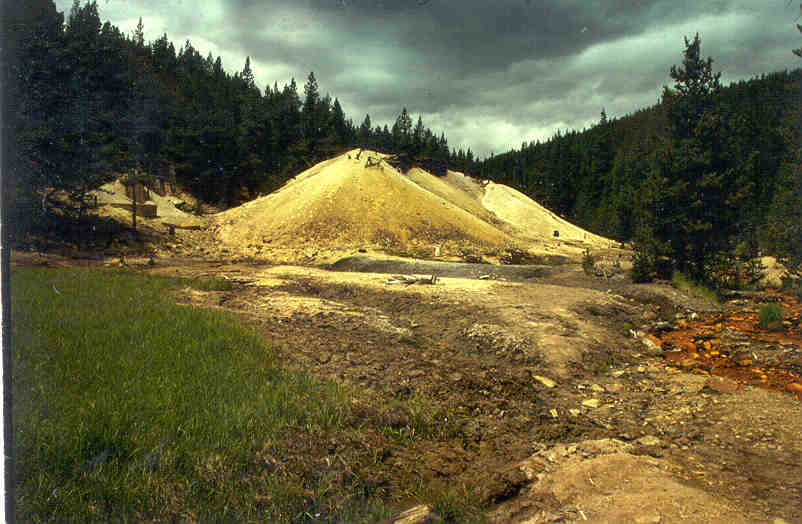
The savvy prospector who digs into the pile will quickly learn the truth is merely hidden. Deeper in the pile where oxygen and sunlight are denied, the ore can retain its original appearance so specimens can be found. Cracking rocks open to expose fresh, unweathered surfaces can also be helpful. Sometimes interesting vugs (open pockets, perhaps lined with crystals) are also found.
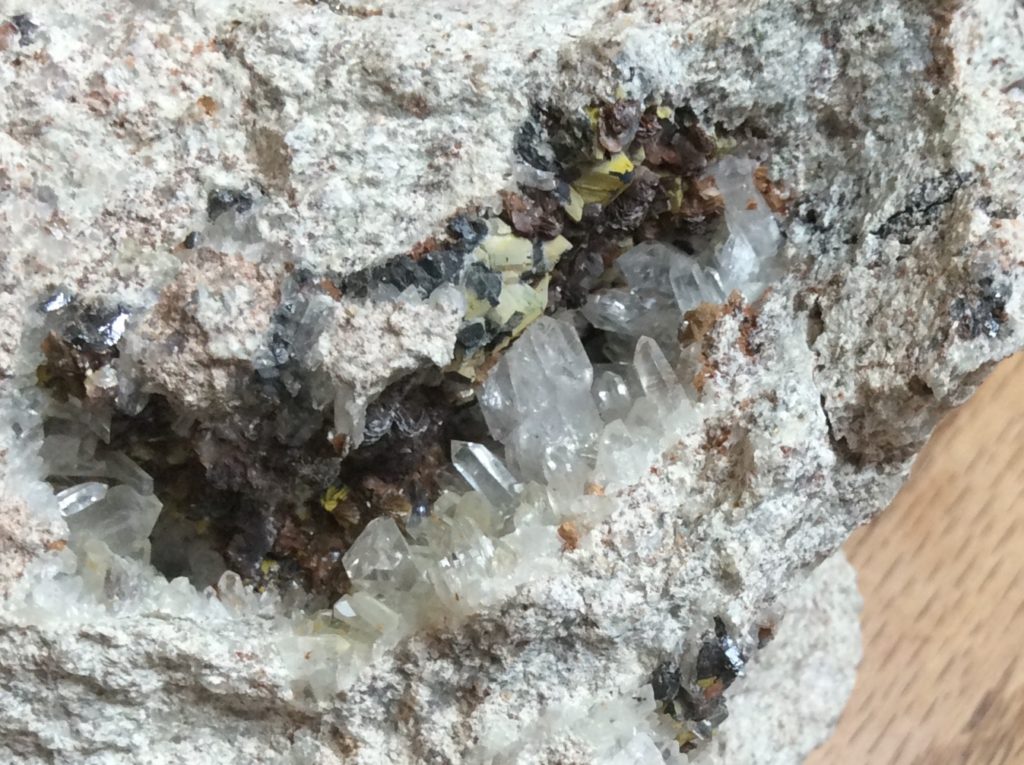
Another source of gold values can be the fine decomposed materials on the pile. In most cases, the native rock will not tend to decompose into sand and gravel. However, vein material will breakdown since it has structural cracks (veins) and gaps where water can intrude leading to freeze/thaw crumbling over the decades since mining occurred. This weathering can release the gold hidden in the rejected rock. To recover that gold, simply gather the fine material and pan it out.
A couple of cautions:
Old mine dumps are often on private property or active mining claims. Know the status of the ground before you collect material.
The rocky slopes on the sides of mine dumps are often quite steep. Removing material can cause a hazardous landslide. Be aware of the lay of the land above you as well as identifying a escape route so you are prepared if the hill above you starts to move. Always bring a buddy along for added safety.
Gray material can be arsenic laden. Be aware and avoid this stuff as it is deadly poisonous.
A pile that is all finely crushed material is most likely a tailings pile (rather than a mine dump). This is the waste material left behind after a milling operation. There may still be recoverable gold, but any interesting specimens will have been crushed and you may encounter dangerous contaminants such as mercury or arsenic. Proceed with caution or just avoid.
Want to learn about 186 public access prospecting sites across Colorado? Check out my Colorado gold prospecting guidebook via this link.
*** Have fun out there and “Find Your Gold!” ***
This site costs money to keep up. The only way it makes money is shopping referrals. If you appreciate the info I’m sharing, please click thru one of my Amazon or Gold Cube ads the next time you want to shop online. It won’t cost you anything extra and it keeps the site going: Shop at Amazon
Toss me a gift to say thanks at: Tips for Kevin
…thanks!!
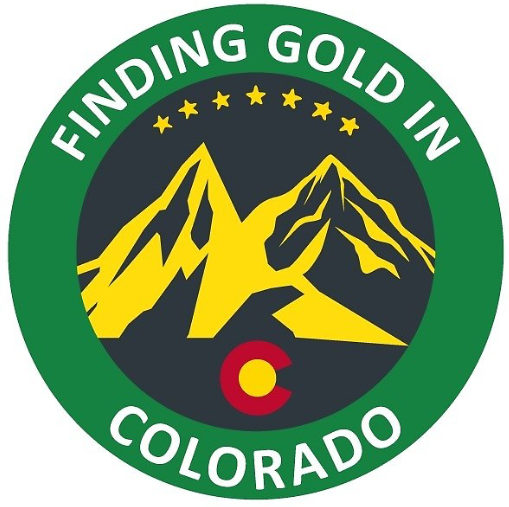
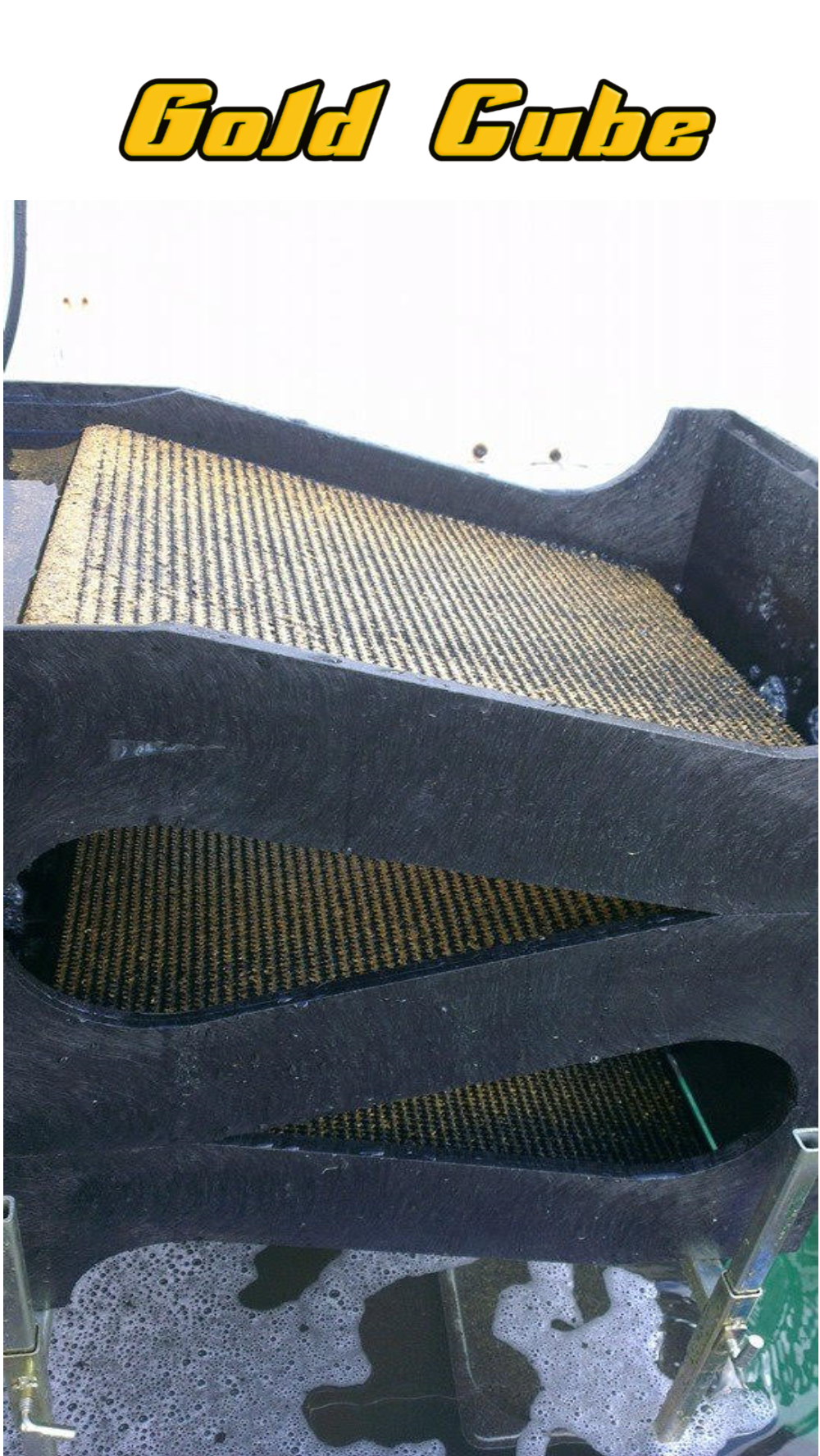
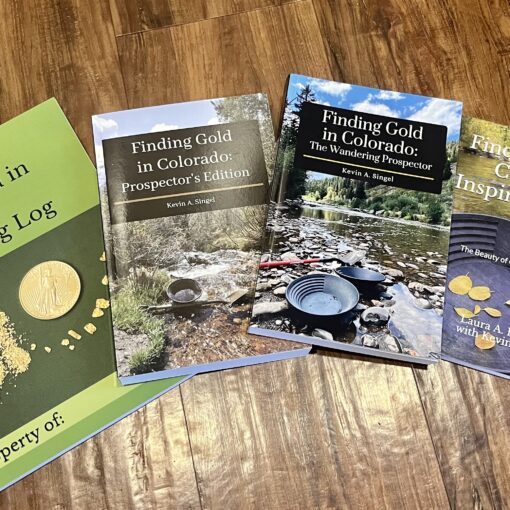
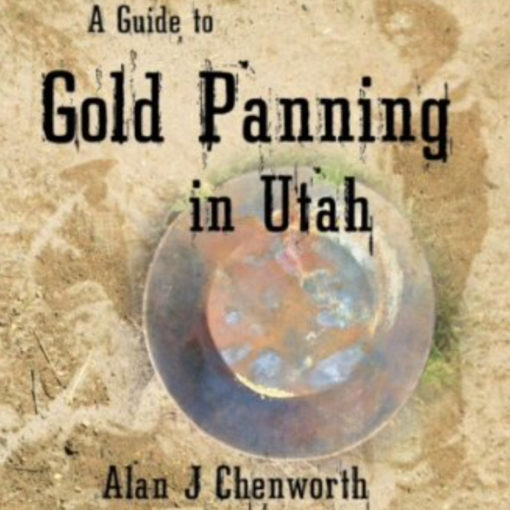

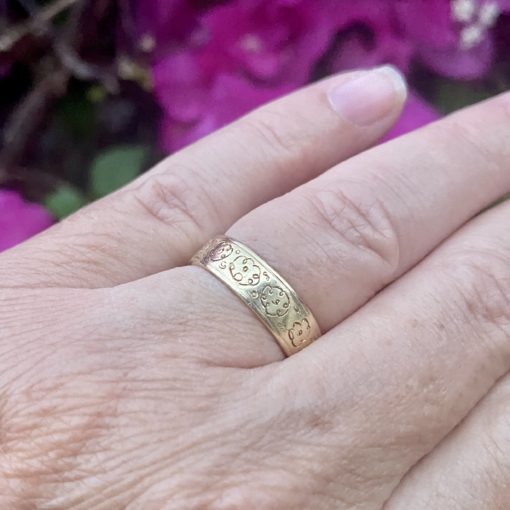

7 thoughts on “Ore Dump Gold Prospecting”
Wow, I never would have thought that ore dumps could contain gold and rock specimens. I’m thinking of taking my daughters gold prospecting. If nothing else, it’d be really a fun and interesting experience for them.
Love the book. Really great work!
I have yellow piles on my property here in Breckenridge and they are actually just tunnel debris from blasting through porphyry. The porphyry does contain extremely low grade Au, and a bit of iron, but no sulphides. I have multiple intrusions in this area and the porphyry comes out of the ground without rust. But, within 5 years the oxidizing iron turns the porphyry yellowish-orange even though the debris contains no heavy metals except trace Au.
I also have a 110 year old dump of primary sulphides that was stockpiled beside the porphyry tunnel debris. This ore looks like it was mined yesterday with no signs of oxidation. Eventually, it will oxidize, create sulphuric acid, etc, but it will take a really long time. like thousands, if not million of years.
In the same area, I have a dump that looks like gray shale, but in reality it is just the same porphyry tunnel debris covered with about a foot of shale that was removed from the ore body contact. The primary ore body is located in a fault between two separate magmatic intrusions one of which contains brecciated shale that was supergene enriched in cracks and dissolved limestone cavities. Therefore, the shale covering the yellow dump might be small amount of gold ore, but the yellow dumps are certainly not.
In the Breck district, the ore bodies outcropped atop the hills (Eg. Gossans), but most of the gold rich oxidized material was sheared off and/or covered by glaciers or glacial melt down into the gulches. This is why the Breck gulch placers were so spectacular and why sulphides occur in situ at the surface all over the district. In order to tunnel below the sulphide enrichment zone, the miners usually had to tunnel through a significant length of barren material to reach the primary ore body.
If the tunnel mined ore was shipping grade, none of it would be left atop the tunnel debris. Second-class and concentrating grade may have been hand-sorted and dumped atop the tunnel debris for future processing but it wouldn’t be heavily oxidized and would probably look much like the sulphides all over the surface around the Detroit that was raised from shafts.
Anyway, keep up the good work.
Awesome info, thanks for sharing. I happen to live in Silverthorne so we are neighbors! Once the snow melts, I’d love to come see your property 🙂
Absolutely, once we’re lifted from covis restrictions. Best, Steve
Hello Kevin, I own a hard rock mine in Central Colorado that is full of sulphides. It has a lot of rock specimens that contain crystal vugs, pyrites etc. I have a few questions, do you by chance sell a book that is strictly on hard rock Mining? I know this dump has a lot of good values however ,I am not from this area and desperately need help in finding Local professionals that could help me identify some “Telluride ore.” Who would you consider to be the most credible source in the area 2 perform fire assays? ( Not for the Tellurides but to determine gold values In other ore at the mine).Are you aware of anyone in the area area that will process “mill” these old tailing Piles? Possibly using “leaching” or “roasting” techniques? I would gladly compensate you for your help in these areas. Thank you len
I don’t have a book focused on hard rock mining. For tailings processing and referral to a fire assay specialist, I recommend reaching out to David Emslie at Prospector’s Gold and Gems in Fort Collins CO.
Identifying tellurides is best done in person – at a rock hounding club meeting, a museum or a college geology department.
Good luck!
Thank you Sir